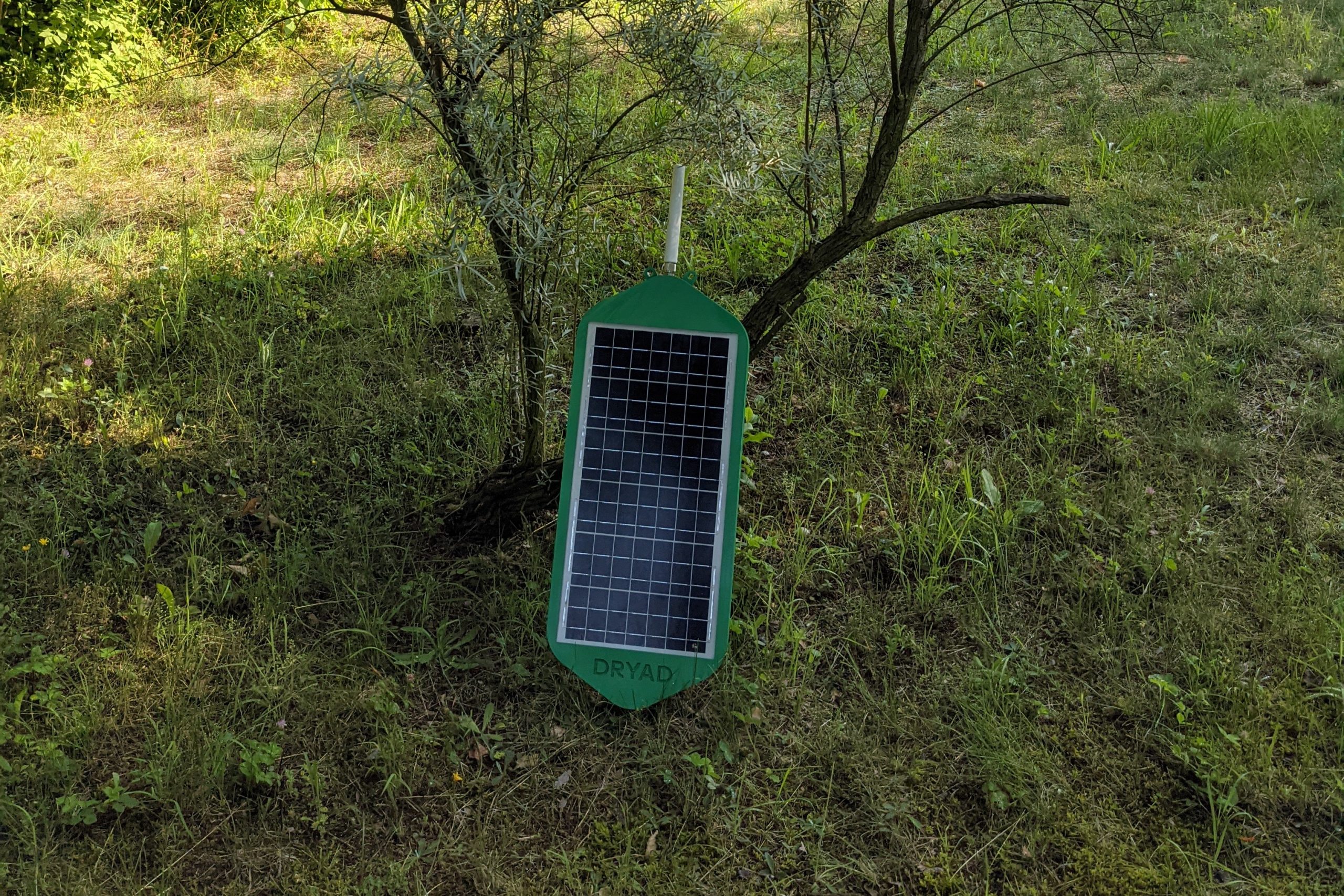
Environmental startup Dryad Networks has launched Silvanet, its large-scale IoT network for the ultra-early detection of wildfires.
Wildfires are devastating, not just for the lives and habitats they destroy, but also for the long-term damage they cause through massive CO2 emissions while simultaneously destroying the vegetation that lowers carbon.
The US alone is suffering its worst wildfire season in a decade and the 2019-2020 Australian bushfire season was the second worst in history with over 46,050,750 acres burnt. After record temperatures, western parts of the US and Canada are now bracing themselves for the annual wildfire season that some experts believe could set grim new records.
Dryad Networks is using the IoT to help counter the devastation by detecting potential wildfires when they’re even in their smoldering stages and can be easily contained.
Carsten Brinkschulte, CEO and co-founder of Dryad Networks, said:
“It’s clear from the number and intensity of wildfires burning across the world today – such as those following the heat dome in British Columbia, Canada last month – that there is an urgent need for a solution that can detect wildfires in the smoldering stage before they get out of control.
With the completion of our Silvanet architecture and device designs, we are on track to achieve our mission of digitising forests, and combating wildfires and climate change, by helping to protect the natural world.”
Small, yet highly sensitive, solar-powered gas sensors can be attached to trees to monitor air composition, temperature, humidity, and air pressure. Data is sent using the Silvanet IoT mesh network to a cloud-based monitoring platform that issues an alert to local authorities if a potential fire is detected.

The devices use a new high-precision gas sensor provided by Bosch Sensortec. This “digital nose” uses AI to differentiate a possible fire from something like a diesel truck passing by.
Dr Stefan Finkbeiner, CEO of Bosch Sensortec, commented:
“According to the Bosch guiding principle ‘Invented for life,’ we want to improve people’s quality of life and safeguard the livelihoods of present and future generations. Sustainability, climate and nature protection play a central role in this. So we are delighted to enable Dryad’s IoT network to actively use our gas sensor for forest fire detection.
Our four-in-one sensor BME688, at the heart of Silvanet, has unmatched sensitivity combined with ultra-low power consumption and support for machine learning to identify gas compositions in the air. This is the perfect basis for identifying bad air quality or early fire detection.”
A multi-hop mesh network is used by the gateways to cover large and remote forests where there is no cellular connectivity. Typical LoRaWAN gateways can only cover around 12km.
Going forward, Dryad Networks is gearing up to secure more funding to advance its mission. The company also wants to add third-party LoRaWAN-compatible sensors to collect and analyse data such as soil moisture and tree growth to offer a complete solution for monitoring the health and growth of a forest.
(Image Credit: Dryad Networks)

Want to find out more from executives and thought leaders in this space? Find out more about the Digital Twin World event, taking place on 8-9 September 2021, which will explore augmenting business outcomes in more depth and the industries that will benefit.






